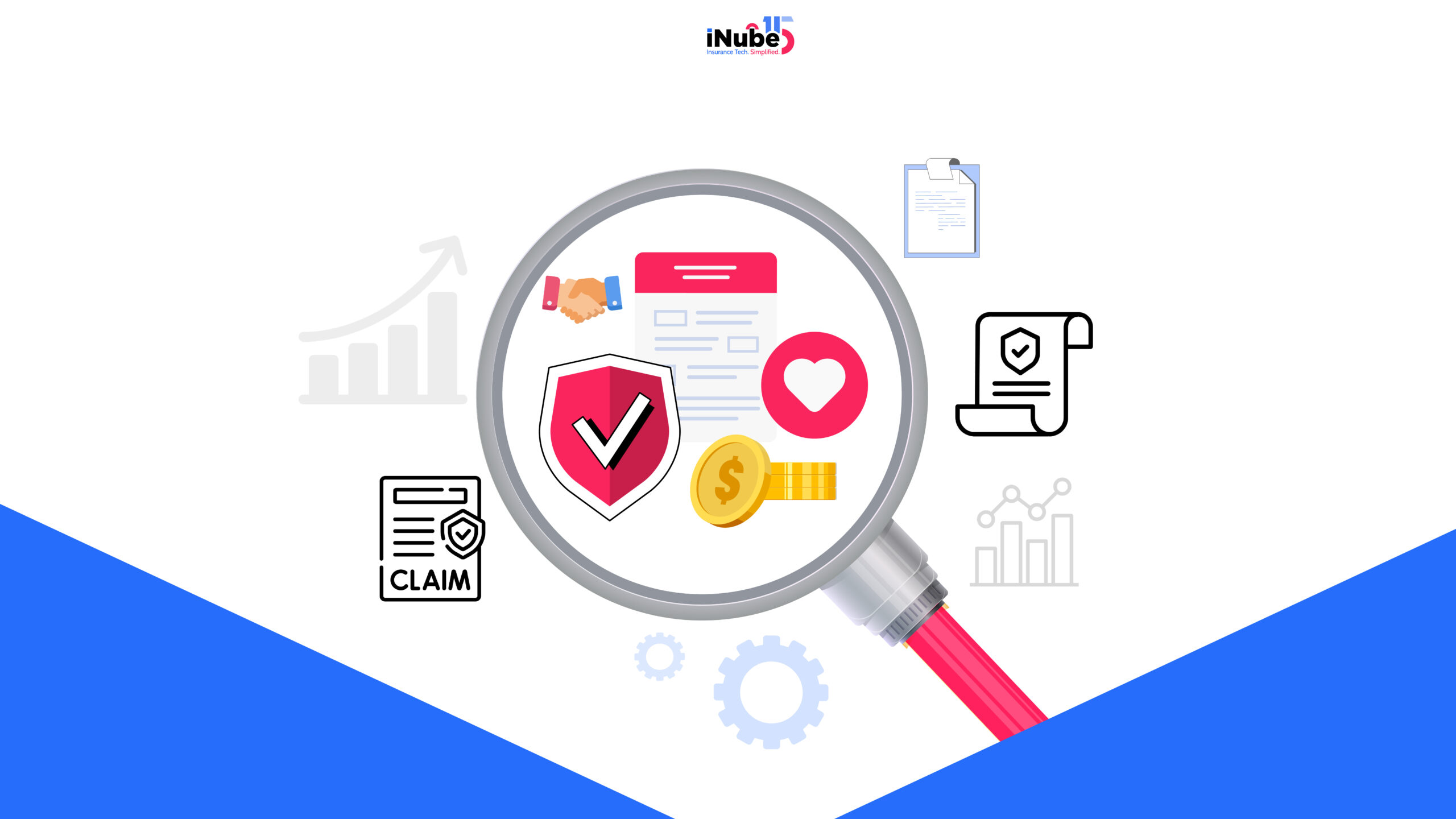In a recent study by Mckinsey, one uncomfortable truth has come to light- the report has said that the insurers who are using advanced analytics has slashed their loss ratios by 10-15%, yet only 23% of them have moved beyond the experimental pilot projects. Additionally, in a recent report by Deloitte, it was discovered that 87% of the insurance executives have called their “critical asset” and this is much fewer than 30% to do anything meaningful.
The irony here is quite painful, and the insurance companies are drowning in their data while also starving for insights. The gap between what is possible and what has been practiced will now become wider, and also, it’s quietly costing the industry a good fortune.
Read on to decode what the insurers today are ignoring.
The Unstructured Data – A Critical Factor that Insurers Ignore
Imagine, a whopping 8.5% of the data which the insurance companies collect never gets analyzed. Not because the data is useless, instead it’s quite the opposite. The claims adjuster notes, customer emails, phone call transcripts, IoT sensor feeds, and the social media mentions- this is exactly where the unstructured data will be containing the richest insights. However, it sits locked in the system which essentially gathers digital dust while someone manually reviews the spreadsheets.
This is exactly where keeping an active eye on data analytics will help the insurers stay ahead. The big data in insurance is not just about having a huge load of datasets, instead it’s about extracting the meaning from the variety which you would have already processed and at the velocity of modern business demands.
The Behavioral Segmentation Advantage
One of the keyways to understanding data and keeping it segmented is to go beyond the demographic segmentation. The traditional actuarial segmentation essentially relies heavily upon the demographics of variables which include age, gender, location, credit score, vehicle type, property characteristics. While these are the factors that essentially carry predictive power, they represent a static snapshot which misses the dynamic behavioral patterns that drive the actuarial risk outcomes.
Imagine two 35-year-old drivers in the same metropolitan area who have got two identical vehicles that clear the motor vehicle records. The conventional models essentially assign nearly identical premiums. However, with the telematics data, there are dramatically different driver profiles which include: one driver exhibiting aggressive acceleration patterns, frequent hard braking, and also consistent phone usage at the intersections during the peak hours.
While the other one will be demonstrating smooth driving behaviors, proactive route optimization for avoiding congestion, and also predominantly off-peak travel times. This is the actual accident probability which essentially differs by as much as 40%. This gap between the demographic correlation and behavioral causation will represent a fundamental limitation in the traditional segmentation approaches. The insurance business intelligence platforms will be incorporating the behavioral data and also will be unlocking several capabilities like:
Biometric and Lifestyle Indicators
For Life and Health Insurance, the wearable device data will be measuring the activity levels, sleep quality and heart rate variability, along with the stress makers proving to be more predictive than the chronological age alone.
Behavioral Data
The behavioral data will be offering a goldmine of actionable insights. Additionally, the insurers will be able to analyze the factors like browsing and searching the patterns on websites and apps, quoting the frequency and the product comparison, channel preferences which includes everything from mobile to agent assisted journeys, claims behavior and policy servicing patterns and the payment frequency and the renewal actions. By seamlessly mapping these behaviors, the insurers will be able to build a more accurate customer segment and also anticipate the needs along with greater precision.
The Actionable Insights that Insurance Companies Ignore
In a more data-rich environment, the insurers essentially have access to vast amounts of information, and this includes everything from the policyholder’s behavior and the claims trends to the digital engagement patterns. However, many valuable insights remain underutilized. By seamlessly overlooking these opportunities, the insurers will be able to risk losing their competitive edge, and miss the cross-sell potential, and failing to deliver the personalized experiences that the modern customers expect.
Here are some of the actionable insights that often misses the eye of the insurance companies:
Early Indicators of Customer Churn
The subtle behavioral shifts, such as the reduced app logins, fewer interactions with the service channels, or the delayed renewals which essentially often precede the customer attrition. The insurers fail to track and act on these early signs and miss the chance to proactively retain the valuable policyholders.
Cross-Selling and Up-Selling Opportunities Hidden in Data
Most insurers rely upon static product bundling or broad marketing campaigns. However, the customer transaction histories, life events, and the interaction patterns can essentially reveal a high probability of cross-sell opportunities such as offering travel corner to the customers who frequently book the international flights. Additionally, ignoring these signals would mean leaving the revenue on the table.
Claims Data as A Protector of Future Behavior
The claims are more than just the cost centers- and they are essentially the behavioral touchpoints. The patterns in claims frequency, type, and service interactions essentially help the insurers to forecast future needs, detect potential fraud, and also design better post claim engagement strategies. Most of the insurers, however, essentially analyze the claims reactively instead of strategically.
Micro- Segmentation Opportunities Within Broad Categories
Instead of treating the “young professionals” or “retirees” as monolithic groups, the behavioral and the contextual data will be uncovering the niche segments with these cohorts. These are the micro segments which may have distinct product preferences, communication styles, or engagement channels that standard segmentation overlooks.
Engagement Data that Hints Towards the Product Fit
Tehe customer engagement data that includes dwell time on product pages, frequency of the quote generation, or the chatbot interactions. This will be helpful in indicating where a prospect is in the decision journey. Most of the insurers collect this data and do not use it t trigger the targeted interventions such as customized product suggestions or timely follow-ups.
What’s Ahead?
Well, it would be unfair to say the industry is deficit of data, instead its action poor. Insurance data analytics, predictive analytics insurance, big data in insurance, and digital transformation insurance- these are not theoretical anymore, instead they are proven profitability drivers.

Archismita Mukherjee
Insurance Content Analyst


